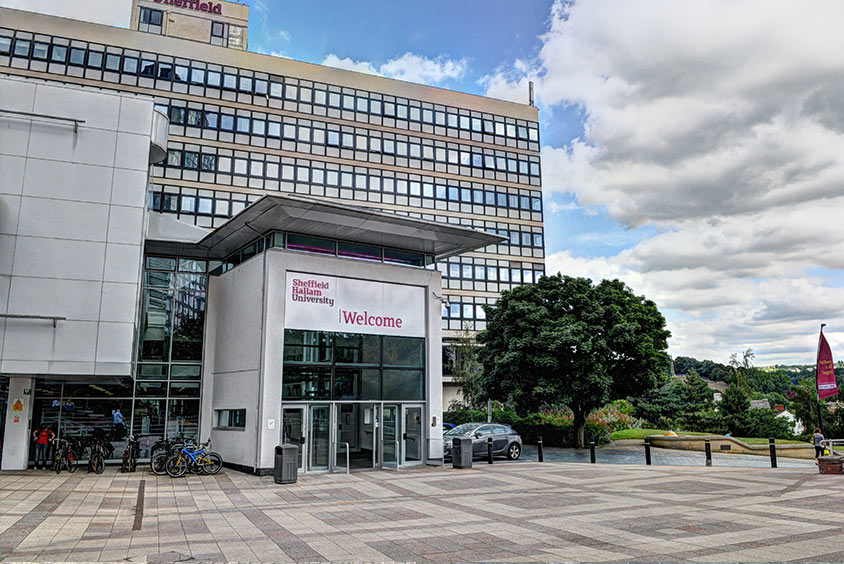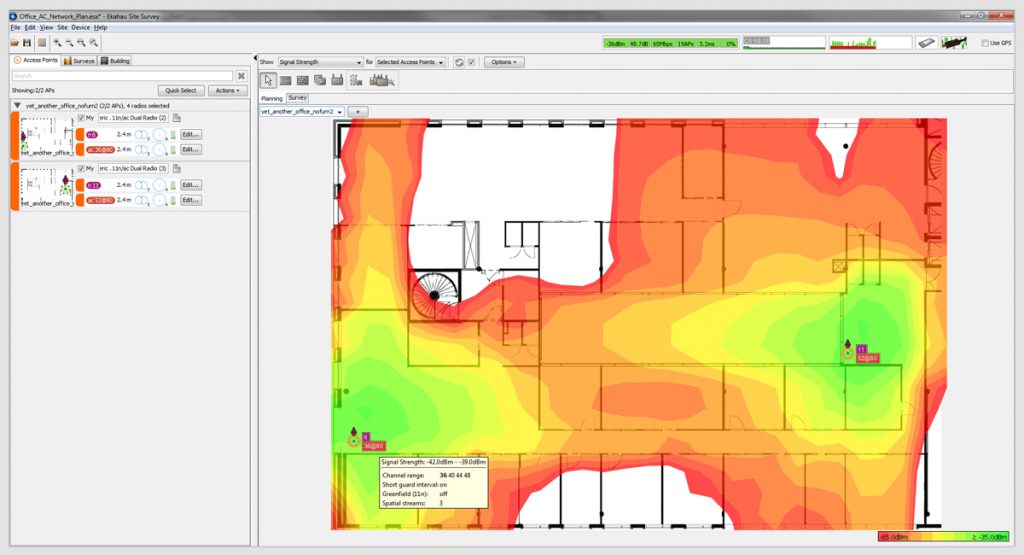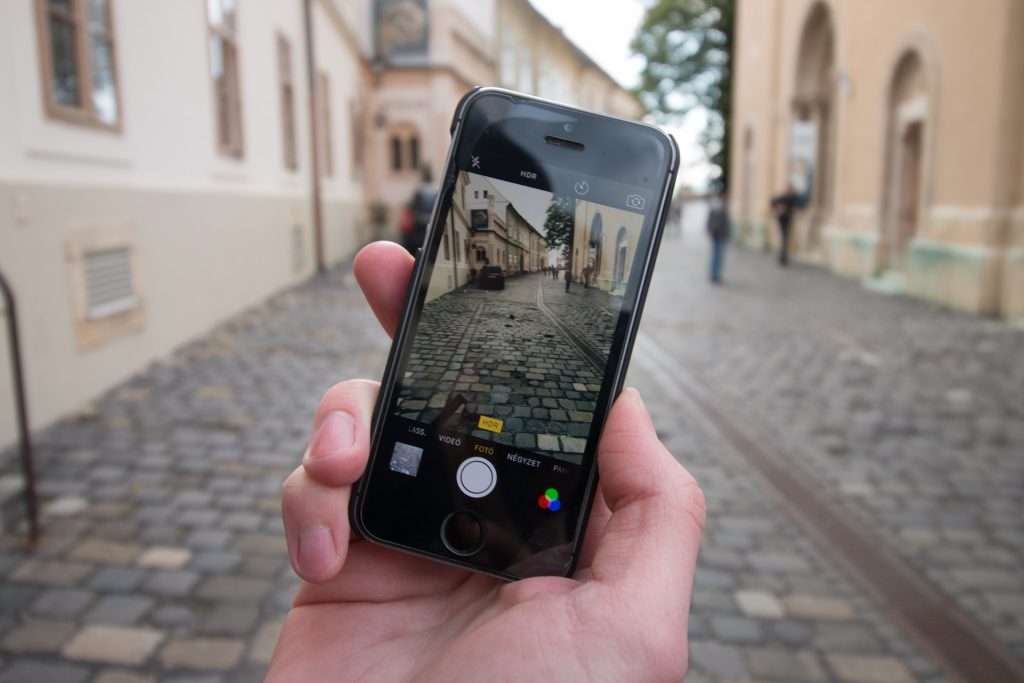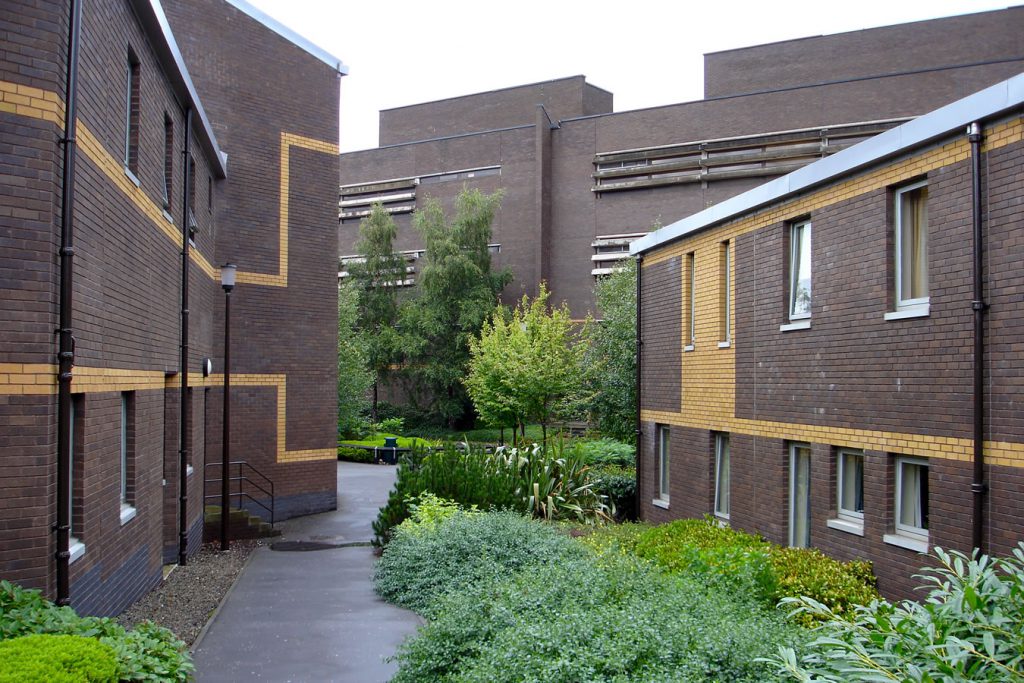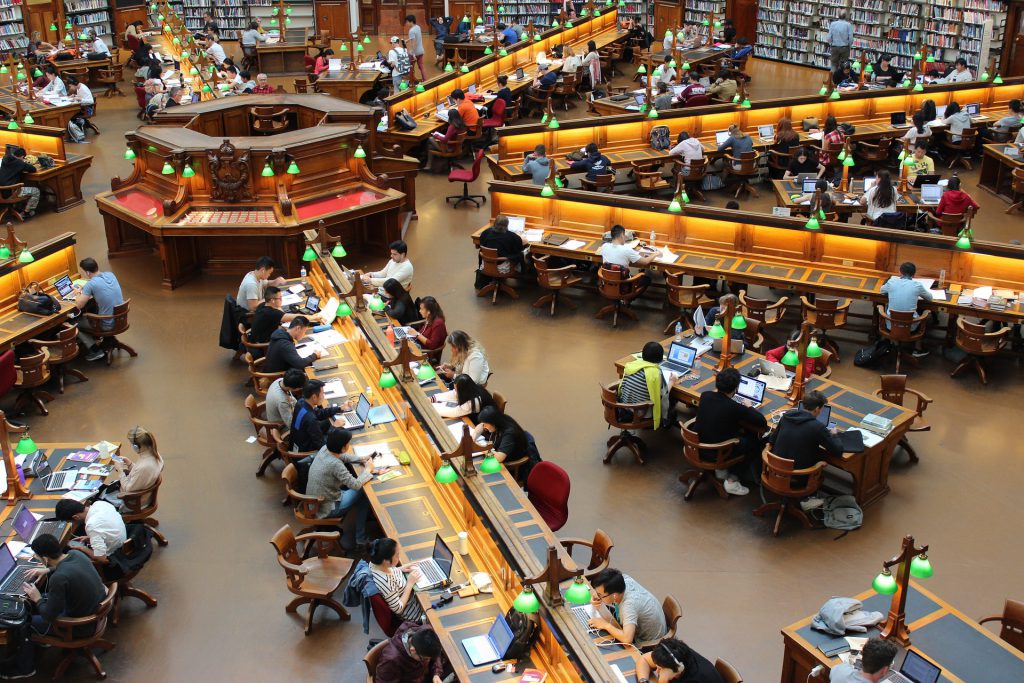Use Case: Intelligent spaces for learning

Setting the scene
If a physical campus is to exist in the future it’s likely that learning spaces of some kind will be at its core. All colleges and universities will aim to improve the student learning experience and outcomes through high quality learning spaces. Such spaces are also an aid to both student recruitment and retention. They may resemble the traditional lecture theatre, albeit enhanced by technology, or highly adaptive, open learning areas that can be adapted to many styles of learning
It is probable that the requirements and development of learning spaces will continue to change over the coming years, possibly in unpredictable ways, and so flexible spaces will need to be able to accommodate these changes. Walls, floors and ceilings that are mobile and not structural, highly controllable lighting, temperature and humidity levels, and moveable seating and furniture. All these elements will be part of the future learning space on the intelligent campus.
The need for spaces to provide for a variety of learning styles and pedagogies, from formal lectures through group projects and collaborative learning involving activity and movement, through blended learning, using online resources and activities to individual, personalised learning where quiet spaces allow solitary concentration.
Who’s there?
While the physical space will remain an important part of the learning experience on the intelligent campus, it does not mean that all of those participating in the experience are present. Guest lecturers, teachers and experts might well be interacting with the students remotely. Similarly students who are not there in person through illness, disability or remoteness can take a full part. The growing use of lecture capture facilities that many learning spaces already provide could be extended through interactive walls incorporating screens, speakers, microphones and cameras, even robotic arms in teaching labs.
The use of these types of interactive walls is being used in spaces such as the Decision Theatre1 at Newcastle University. This facility provides a 2m x 5m HD interactive, 3D, video and data visualisation screen. Users can share data from their mobile devices and work collaboratively together on problem solving and explore simulated scenarios.
The Internet of Things and Learning Spaces
Technology, such as the Internet of Things (IoT), will allow everything about the learning space to be monitored. For example, when students spend long days in a room, rising levels of CO2 can lead to sleepiness and poor concentration. Sensors will automatically lead to windows opening, also this data will be collected and recorded as part of the campus management system.
Sirkka Freigang’s article “IoT in education – designing smart learning environments”2 discusses many of the issues around the “smart” learning spaces that the intelligent campus will provide. She focuses on the need for flexibility and says: “This allows for hybrid learning approaches that switch between formal and informal settings, independent and class learning, varying learning times and places, and analog and digital learning formats. “
She feels that the learning spaces should adapt themselves to learners’ needs by “taking information from the environment, processing it, and using it to initiate appropriate steps”
In a recent article Arkessa (experts in the IoT) looked at learning space projects in Europe, the USA and China. The article explores the use of smart boards connected to student tablets allowing collaboration and presentation sharing. They also discuss the Bosch Quantified Art installations – “artwork containing smart sensors which monitor CO2 levels, room temperature, pressure and humidity and which trigger colour changes in the picture to alert students to fluctuations in their environment. A picture of Einstein whose skin is turning a peculiar shade of green indicates that the classroom is no longer at the right ambience for optimum learning.”
The intelligent campus will also extend the learning space outside the classroom or lecture hall. The IoT means that a vast number of devices and items will provide data to students. The Educaus article “The Internet of Things”3 speculates that data streams will be available “from sensors embedded in objects including library resources, whiteboard writing surfaces, game boards, and robots. The components that collect and relay data being used in makerspaces, laboratories, and projects undertaken by students….” Also “Off campus, students can visit historical locations or study urban environments where information is transmitted from nearby sensors. Tagged plant markers in a public herb garden, for example, could send data to a student’s phone, relating common and scientific names, date of planting, culinary uses, medicinal uses, mature size, and country of origin.”
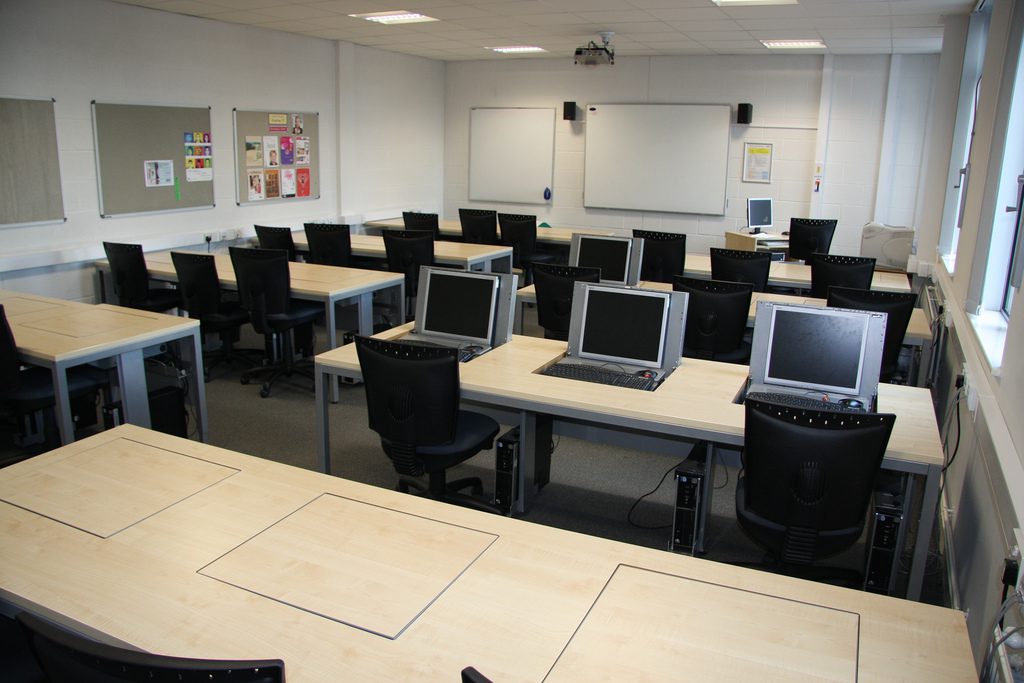
Other resources
Other use cases developed in this series have discussed and explored a range of issues that impact on, and form part of, the new learning spaces the intelligent campus. These include student attendance monitoring during timetabled teaching and learning sessions and the monitoring of the movement of people around the campus during very busy periods, for example when a number of popular lecture sessions take place at the same time.
Many of the new and exciting ideas that are emerging in developing the learning spaces on the intelligent campus are investigated in the excellent Jisc article “Eight inspirational learning spaces”3 by Prof. Andrew Harrison.
UCISA have also produced a very useful resource “The UK Higher Education Learning Space Toolkit”4 . This publication provides a wealth of detailed information about the creation of new learning spaces.
Lastly
The development of learning spaces will inevitably move in directions that cannot be predicted. It may be that the virtual, or digital, learning environment will become much more integrated into the campus learning space, particularly in relation to the use of augmented reality, blending the physical with the virtual. The constant and enthusiastic use of social media by students could provide opportunities for more collaborative learning between those in the learning space that those outside. Connected devices will allow tutors and lecturers to receive constant real-time formative feedback from students that could guide the direction of the teaching that is taking place, as well as contributing to learning analytics.
Indeed it really does feel as if we are that the beginning of a major shift in how learning spaces are used with a plethora of options and ideas available to those willing to be bold in taking advantage of them.
1 Decision Theatre at Newcastle University – http://www.ncl.ac.uk/sciencecentral/urban/decision-theatre/
2 IoT in education by designing smart learning environments – Sirkka Freigang – https://blog.bosch-si.com/categories/connected-home/2016/11/iot-in-education-by-designing-smart-learning-environments/
3 The Internet of Things, Educaus – https://www.educause.edu/ir/library/pdf/ELI7113.pdf
4 Eight inspirational learning spaces – Prof. Andrew Harrison – https://www.jisc.ac.uk/news/eight-inspirational-learning-spaces-24-feb-2016
5 The UK Higher Education Learning Space Toolkit – https://www.ucisa.ac.uk/learningspace


